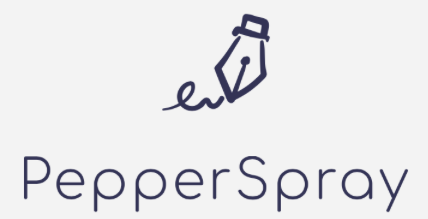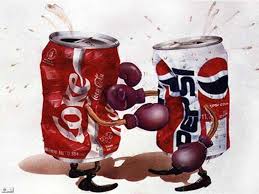Navigating the Waters of Small Business Ownership: “Coverage Time vs. Rise and Thrive”

I get asked for advice often. Other times I just dole it out mindlessly. Sometimes I feel what I’m saying is so obvious I don’t even want to answer or share – I might insult the other person. And then I realize that it’s only obvious to me (and many of those I’ve known in business for 20-30 years) because we have loads of experience. That doesn’t mean I’m right all the time. Not even close. But I shouldn’t choose not to share for fear of being proven wrong. So I do.
Recently I was in a challenging discussion about time spent in a restaurant operation as an owner… particularly in the earliest days of ownership. Determining the best use of one’s time and how one splits it up amongst competing priorities is a never-ending task.
The Early Days of Boloco:
When Boloco began, the best path of a business owner wasn’t clear cut to me or my partners. For nearly two years, my co-founders and I were constantly present at our restaurant. The thought of leaving our establishment in the hands of employees seemed unthinkable. Someone was always “on” shift. We juggled multiple roles – from serving customers to cleaning counters – all to keep costs low and maintain direct control for fear something would go wrong when we weren’t there.
The Realization and Shift:
Working “in” the business often meant neglecting to work “on” the business. I remember my early efforts to update our expansion plans, crystallize our vision and purpose as well develop systems to help others learn what we were learning were undervalued by my partners. They couldn’t see the immediate value in these activities. It was as though I was playing hooky when I wasn’t washing dishes, manning the grill, or serving guests. However, as time progressed, the importance of these “behind-the-scenes” tasks became evident.
The Evolution of Responsibilities:
Looking back, I barely recall the days of being tied to any one restaurant from open to close. The turning point was recognizing the need to shift from a “coverage mode” to a “rise and thrive mode.” In the early stages of a restaurant leader’s journey, 90% or more of one’s time is usually spent on immediate operational tasks. You are a glorified crew member at best. And it’s a good thing because learning the ins and outs of the business, finding its best cadence and rhythm can’t possibly happen if you hover on the outside looking in without getting your hands dirty. Gradually, the focus for me and later the rest of the senior team shifted towards improving and developing our team and processes versus blending smoothies and rolling burritos, especially as we grew in number of locations.
Rise and Thrive: A Mindset
The transition to spending more time on growth and development is crucial. The goal is to move from being constantly present in the restaurant handling day-to-day operations to empowering a well-trained team to take over these tasks. This shift allows the owner to focus on long-term improvements and strategy. I like to refer to this as the Rise and Thrive mindset.
Every mistake in those early days is a chance to build better training systems. As an owner, your role is to learn from these errors – often your own – and develop processes that prevent their recurrence. This proactive approach is far more valuable than simply being present to avoid mistakes where you are essentially punching the clock like everyone else. So while you are in the restaurant, performing tasks that paid hourly team members can also do, make sure your eye is always on constant improvement. Can you say “yes, this is what we improved… “ when someone asks you what positive changes were made last week or in the past month that make the business a better business this week. The Rise and Thrive mindset requires a relentless focus on small, constant improvements… while doing daily tasks. One day when you wake up, your business will be transformed.
Balancing Act:
The dilemma for a small business owner often lies in deciding whether to cover shifts – which is always demanding attention and often is required – or engage in activities that enable the business and its people to “rise and thrive.” The real job of an owner is to ensure continuous improvement and development, not just to maintain presence and handle day-to-day operations. Sometimes pure exhaustion takes over after too many coverage shifts, and that can lead to an endless pause in rise and thrive activities. The brain needs to be ready to pivot from one mindset to the other in a matter of minutes, and that only happens with practice.
Conclusion:
Owning a small business, especially a restaurant, is a journey filled with learning and adaptation. Your role evolves from being an omnipresent figure in the daily operations to a visionary driving growth and improvement. Remember, it’s not just about being present; it’s about what you do to help your business and your team rise and thrive. Embrace this evolution, and you’ll steer your business towards lasting success.




Recent Comments